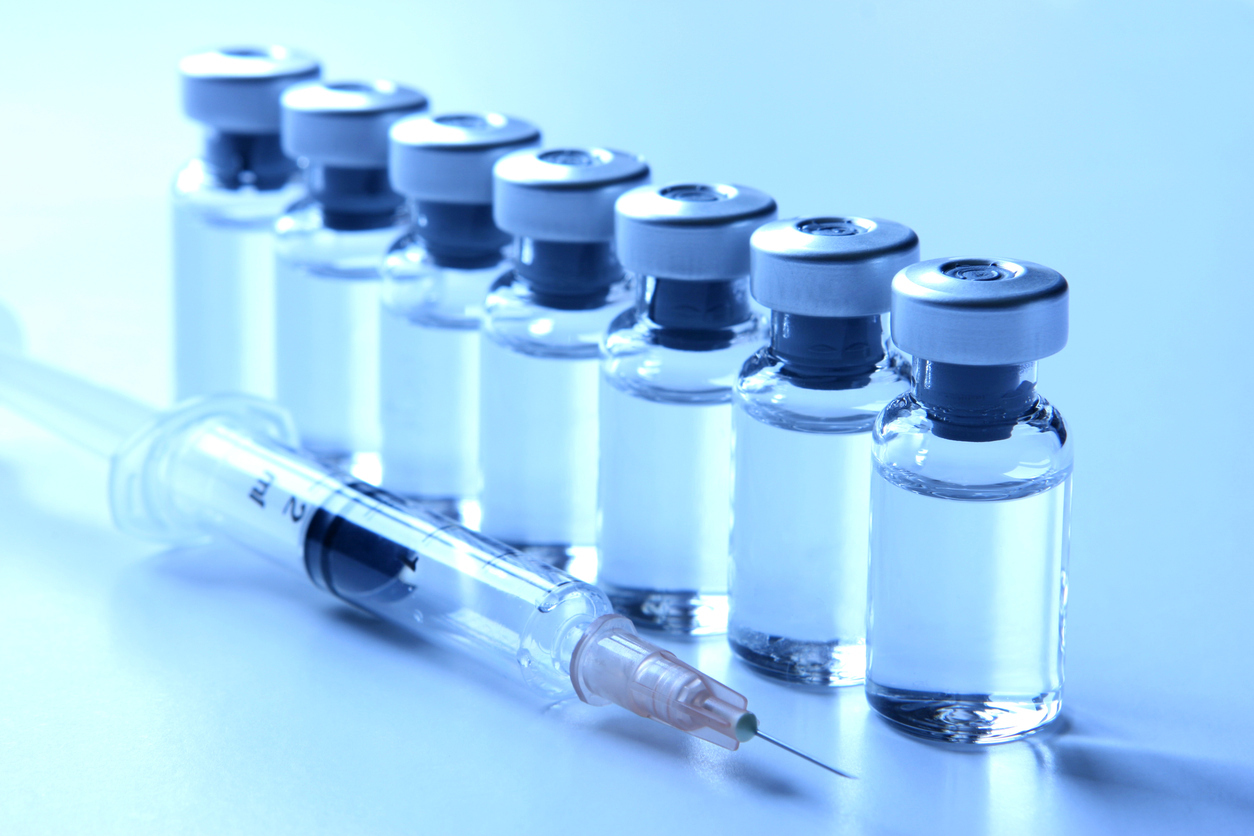Introduction
COVID-19 and cancer: one is a highly treatable illness, the other an aggressive disease that can become incurable without speedy treatment.
While they may appear to be from entirely separate realms of medicine, an emerging cancer treatment has utilized the same type of vaccines as COVID vaccines, to great success. In fact, Lennard Lee, an oncologist and medical director at the Ellison Institute of Technology in Oxford, said that COVID and cancer vaccines use the “same fridges, same protocol, same drug, just a different patient.”
mRNA Vaccines
One of the longstanding challenges in developing cancer treatments stems from the fact that cancer cells originate from the body’s own cells. As a result, it is more difficult for the immune system to discern cancer cells from regular cells and attack them. However, it was found that the immune systems of long-term cancer survivors circumvented this issue, In fact, their bodies were able to successfully recognize cancer cells, which allowed for a proper immune response to the otherwise autoimmune disease.
mRNA vaccines stimulate the immune response in a similar manner; they teach the body to recognize and attack cancer cells.
When injected, these mRNA vaccines instruct the body to create a cancer-related protein, known as neoantigens, specific to each patient’s cancer. Doctors first take a biopsy of a patient’s tumor and sequence the DNA found in the tumor, which is then used to develop a personalized vaccine. By producing the proteins found in cancer, this allows the immune system to recognize these proteins as foreign to the body. This helps the body recognize cancerous cells, and learn to attack tumors.
Implementation
Recent developments are making this new technology accessible to thousands. In the United Kingdom, thousands of cancer patients will begin a “matchmaking” service under the National Health Service to fast-track those eligible for clinical trials to be treated with cancer vaccines. Furthermore, researchers at the University of Oxford received funding just last year to develop the very first cancer vaccines. This vaccine, known as OvarianVax, targets early stages of ovarian cancer and has the potential to benefit the 7,500 women in the UK affected by ovarian cancer annually.
Numerous studies and trials have also displayed the validity of mRNA vaccines. At Memorial Sloan Kettering Cancer Center, mRNA vaccines have shown promise in treating and preventing relapse of pancreatic cancer, an extremely deadly type of cancer that leaves less than 13% of patients with pancreatic cancer to survive more than five years. mRNA vaccines may be a light at the end of the tunnel for many, as half of all patients who received the vaccine were observed to have an immune response to the cancer, even having cancer-specific T cells for several years after the vaccine. As a result, out of the patients with strong immune responses, only two saw their cancer return, while all patients without the immune response saw a return in their cancer.
Issues
While mRNA vaccines have the potential to save millions of lives worldwide, there are several potential hurdles to overcome with implementing this technology: errors in the production of proteins and legislative pushback.
mRNA vaccines are more likely to make errors during protein synthesis by reading three-letter codons incorrectly. These codons encode the information needed for the production of proteins, and errors in reading these codons result in faulty proteins being produced. This is not necessarily cause for alarm, as these proteins are typically broken down by the cell and inactive. Among cancer patients, however, the risk of adverse effects is higher: many have received treatments that affect their immune system, and are at a higher risk of immune reactions occuring due to the presence of faulty proteins in the body.
Furthermore, these vaccines are only lifesaving to those who have access to them. Many policymakers have begun targeting mRNA technology after the development of COVID-19 vaccines, based on anti-vaccine sentiments. Just this year, Iowa, Montana, and Idaho have introduced legislation to make mRNA vaccines more difficult to produce and provide. While none of this legislation has been passed so far, anti-vaccine pushback threatens to stop mRNA vaccines from being accessible across the nation.
Conclusion
Overall, by utilizing COVID-19 technology, cancer vaccines have shown success in preventing relapse and stopping cancer growth. While cancer vaccines may face issues with implementation and legislation, mRNA vaccines are an essential step forward in the fight against cancer, with the potential to protect millions of lives.

